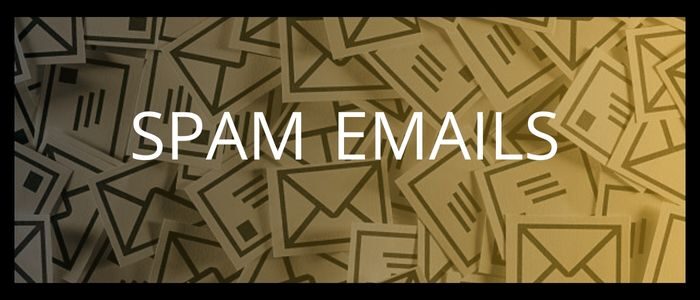In today’s digital age, Email has become a primary mode of communication for individuals and businesses alike. However, alongside legitimate Emails, the influx of spam Emails has become a persistent problem. Spam Emails can not only be annoying, but they also pose security risks and can lead to financial losses or identity theft. In this blog, we will explore the telltale signs of spam Emails and provide valuable tips on how to identify and combat them effectively.
Suspicious Sender Email Address:
One of the first signs of a spam Email is an unfamiliar or suspicious sender Email address. Pay close attention to the domain and spelling, as scammers often use variations or misspellings of legitimate Email addresses. Be cautious if the Email is sent from a free webmail service or an unknown domain, as these are commonly associated with spam activity.
Unexpected Attachments or Links:
Spam Emails may include unexpected attachments or links. Exercise caution when encountering attachments from unknown senders, especially if they urge you to open them urgently. Similarly, be skeptical of hyperlinks embedded within the Email body. However your mouse over the link to preview the URL without clicking, ensuring it matches the claimed destination.
Request for Personal or Financial Information:
Legitimate organizations rarely ask for personal or financial information via Email. Be cautious if an Email requests sensitive data such as passwords, Social Security numbers, or credit card details. Reliable institutions usually have secure channels for such requests, so refrain from providing confidential information through Email.
Urgency and Threats:
Spam Emails often employ a sense of urgency or use threats to manipulate recipients into taking immediate action. Be skeptical of Emails that pressure you to act quickly, claim your account will be suspended, or warn of dire consequences if you don’t respond promptly. Legitimate organizations typically provide clear and reasonable instructions without resorting to fear tactics.
Poor Visual Design:
Pay attention to the visual design and overall presentation of the Email. Spam emails often lack professional aesthetics, with low-quality images, mismatched fonts, or excessive use of bold and colorful elements. Organizations prioritize visual consistency and branding, so noticeable design flaws can be a warning sign.
Trustworthy Sender Verification:
Verifying the sender’s legitimacy is crucial. Check if the Email aligns with previous communication from the same organization. Look for recognizable sender names and compare them to known contacts or official representatives. Additionally, use an Email client or service that implements robust spam filters to help identify and filter out potential threats.
Conclusion:
Ensure utmost protection against spam Emails by adopting a vigilant approach and sharpening your discerning skills. Familiarize yourself with the unmistakable signs of spam Emails, empowering you to shield yourself and your organization from potential harm.
Juvlon offers additional tools to fortify your email campaigns. Benefit from the Built-in Spam Checker, which assesses your email’s score before sending it to subscribers. Optimize your content based on the spam score, ensuring recipient satisfaction and engagement. Furthermore, conduct Inbox testing to verify email delivery across major service providers, guaranteeing seamless communication with your subscribers.
By adopting Juvlon’s additional tools effectively, you can maintain a secure and engaging communication channel with your subscribers.

